How to Create a Contact Page that Converts
Contact pages are often overlooked by business owners and, at Infoserve, we believe the reason for this is because they seem like the least exciting page on a website. Many people think that all it takes to create a solid contact page is to add your contact details, a form to fill, and a little bit of text encouraging your customers to get in touch.
And, sure, these features are essential.
But there’s so much more to it than that.
Why you need to optimise your contact page
Contact pages are vital for conversions. In truth, they are one of the most important pages on your website.
One fatal error can prevent potential customers from finishing the enquiry process.
In fact, in a study conducted by
Zuko software, it was found that only
66% of people who start a form successfully complete it.
These customers are clearly interested in the company and the services provided, so where did they go wrong? At which point during filling the form did they change their mind?
Well, the chances are, you’ve made a mistake in the format of your contact form.
So, let’s get into our top tips on how to make sure your contact form is geared towards conversions:
How to create your contact page
1. Arrange them in order from easiest to hardest fill
One of our top tips for contact forms is to arrange the questions in order of easiest to hardest to fill. Once you cotton on to this tactic, you will notice that every other contact page does it too.
You may have even planned to do it subconsciously yourself, because the pattern is so ingrained in us now.
Structure your form fields in the following order:
- Customer name (first then last if you require both)
- Their contact information (email address, phone number)
- Their reason for contacting you
2. Align text to the left of the form
This positioning makes text easier to read, and draws the eye before your customer gets to the form. You can use this to direct them to other methods of contacting you, or simply tell them how long it will take for you to get back to them about their request.
Some contact forms don’t require text and can be left as just a few short form fields, but including text can make the page feel more personal and less transactional.
Just make sure you keep it short and to the point because cluttering the page with text can detract from its purpose.
3. Include a clear heading
We probably don’t need to over explain this one because every page on your website needs a clear, bold heading.
You can play around with the wording a little bit, but make sure it aligns with your company branding.
Some popular contact page headings include:
- Contact us
- Contact [company name]
- Get in touch
- Give us a shout
- Let’s talk about your project
- Need help and advice?
- Contact our sales team
- Contact our support team
- Book a free strategy call
4. Utilise auto-fill functionalities
Using common terms makes it quicker and easier for customers to fill out your form using auto-fill and reduces the faff.
Many technologies will now store information like names and contact information so that users can fill out forms and check outs with a single click. So make sure that you name your form fields in accordance with these.
Luckily, they are quite simple as, ‘first name,’ ‘second name,’ ‘email address,’ and ‘phone number’ are incredibly common form fields, and labelling them is easy.
5. Address user concerns
Provide summary boxes on why you need certain information to alleviate customer concerns about handing over their personal information to a company they haven’t used before.
If you need to ask for a phone number, just give a quick one sentence explanation as to why you need it. For example, ‘we use your phone number only to contact you about your query.’ You could also include a short explanation on how you store this information to give them peace of mind.
Reducing the amount of information you need from them can likewise relieve customer concerns.
Think of a time when you’ve filled out a contact form and information you don’t want to give has been a required field. It makes you uncomfortable and less likely to complete the process.
So consider this with your customers. The less form fields, the better.
6. Make them straightforward
There is absolutely no reason for a contact form to be complicated. You want your customer to be able to fill out your form as quickly as possible, and adding unnecessary features will only put them off, thus reducing conversions.
7. Provide alternative contact options
Some of your customers might not feel comfortable filling out contact forms, or may just prefer a different form of communication. For example, many people prefer to talk to businesses on the phone. So give them the option.
Make sure that on your contact page, you display the following information in an accessible location:
- Your company’s phone number
- Your company’s email address
- Live chat, if you offer this feature
One of the most popular and effective contact page structures is to have your contact information and contact form sitting parallel to one another on your contact page.
8. Have a clear purpose
Make sure your customers know exactly why they are filling out your contact form. No ambiguity. No confusion.
Are you a roofer? Make sure your contact page states that your customers should contact you about roof maintenance or replacement.
Are you a drinks company? Make sure your contact page is clear about it being strictly for customers wanting to know more information about your products.
Looking for stockists? Your contact page should state this clearly.
9. Add a map
If you’re a local business then it can be very helpful to your customers if you include a map on your contact page.
We would recommend placing it below your contact form so it doesn’t distract from the purpose of the page. However, including it can help customers find your location more easily, and give them the option to ask questions in person.
10. Align your contact page with your branding
It probably goes without saying but your contact page should flow nicely from the rest of your branding, and this goes beyond the design itself.
Think about the language you’re using. If you have a very formal tone of voice then ‘contact us’ is a good use of phrasing. However, if your content is more casual, then your wording needs to match this. ‘Let’s have a chat’, ‘get in touch’, ‘give us a shout’, could be more appropriate for you.
11. Make it mobile friendly
Let’s just say that again:
Make. Your. Contact. Page. Mobile. Friendly.
There is nothing more frustrating than trying to fill out a contact form on a phone screen when it hasn’t been designed in a mobile friendly way.
Picture it. Tiny boxes. Illegible typeface. Constant zooming in and out as you double tap by accident trying to open that one box for 5 minutes when all you want to do is enter your name.
We’re getting frustrated just thinking about it. And this problem becomes even worse when your users have accessibility needs.
All you have to do to fix this is:
- Make your boxes big enough to click with a thumb
- Space your boxes out so users aren’t clicking the wrong ones
- Invest in responsive website design
- Keep your loading time to a minimum
This improves overall user experience and increases the likelihood of visitors reaching out.
12. Test your contact page regularly
When it comes to website design, things don’t always work out the first time. There is almost always a way to make your pages more effective at converting customers, and luckily we now have access to plenty of analytics tools that allow you to analyse exactly what your users are doing on your contact page.
But don’t just look at the numbers. Ask why.
If your users are disappearing halfway through the form, it is possible that you have too many fields to fill.
If your users are disappearing immediately after they open the page, it might be taking too long to load.
Testing your contact form regularly gives you the insight you need to make it more effective and therefore, increase your conversions.
Thinking of investing in modern web design?
Here at
Infoserve, our
web design experts are on hand to help you update your website, and our
PPC and
SEO team help your website get found.












